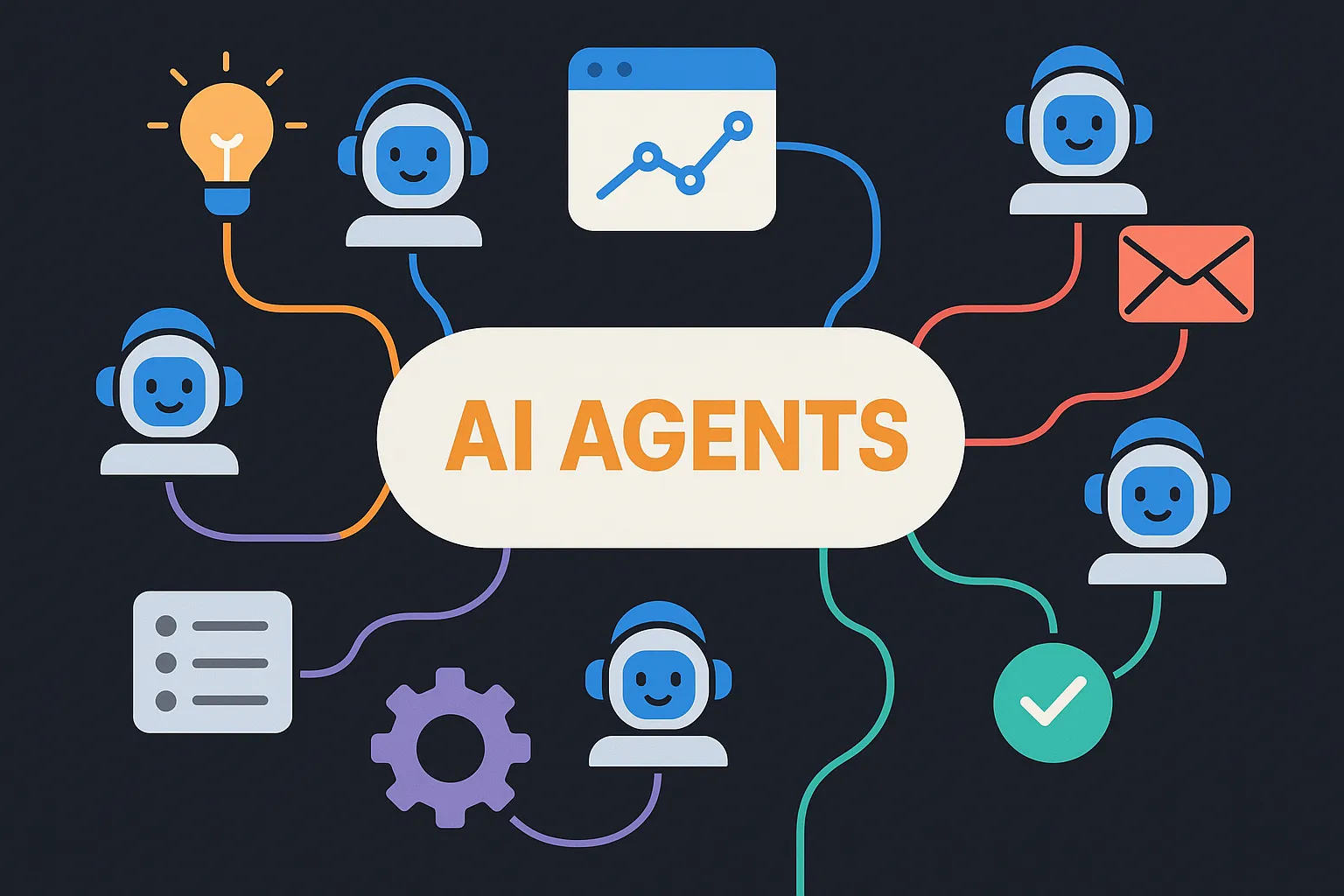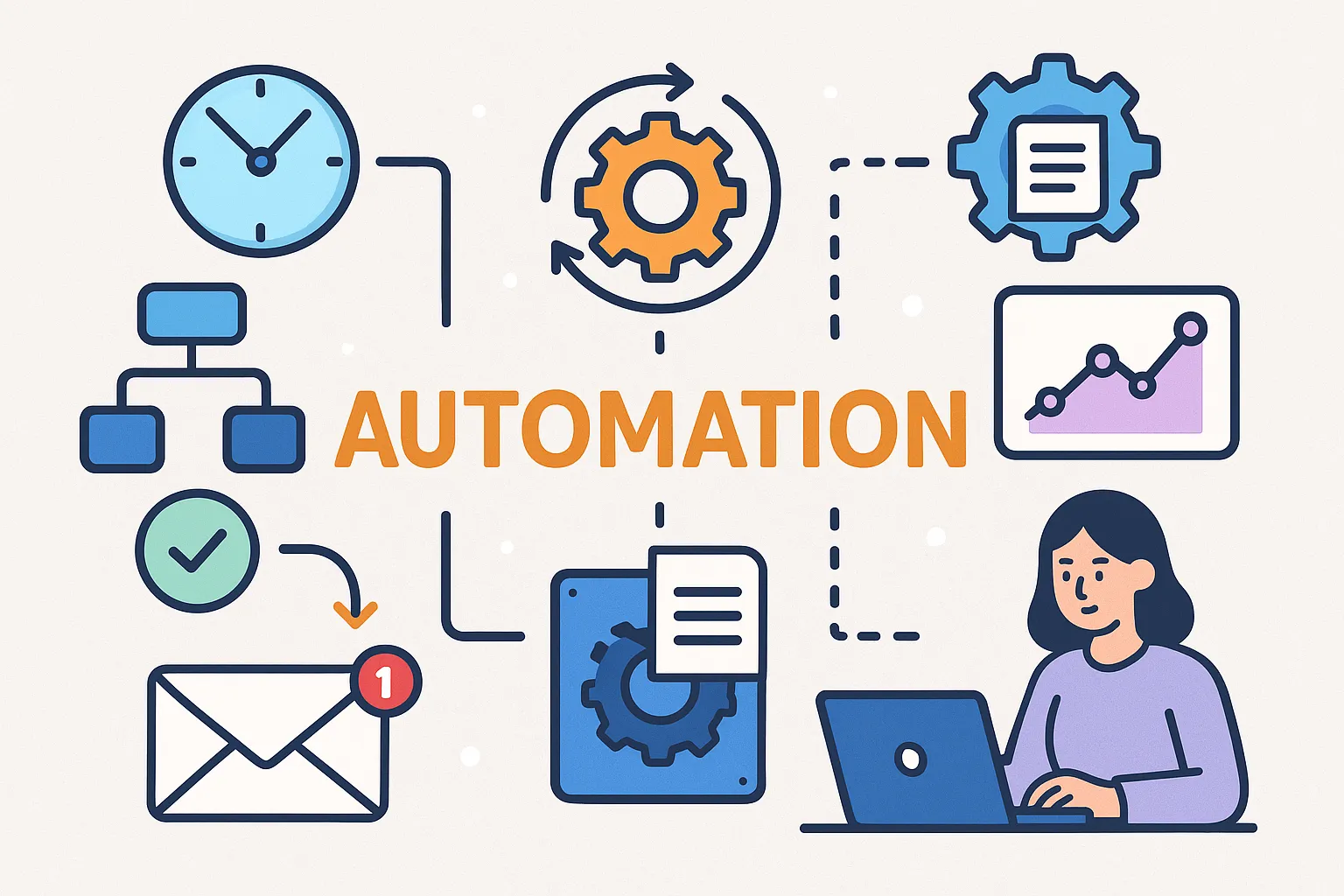What are AI Agents?
Ai Agents are autonomous programs that use llms to perform secific tasks on behalf ot the user. An agent is designed to get the prompt and iterate over it until it reaches the desired outcome. They can be used to automate repetitive tasks, provide customer support, and even create intelligent applications.
As you know, an LLM, like OpenAI’s ChatGPT or Anthropic’s Claude , is a very powerful tool in the hands of the experienced user, but it is just a statless machine. You pass one message, it goes into the black box, and you get one response back. LLMs do not remember anything, they just take your input, pass it through their 12,675 individual layers of nodes and spit out a response. They do not have short-term or long-term memory, they do not have the ability to perform actions on their own, and they do not have the ability to learn from their mistakes.
An Agent, however, is a whole different story. A typical agent utilizes the power of one or more LLMs, but it also has the ability to remember previous messages in the chat or even rememeber things across multiple sessions. Agents can be programmed to perform specific actions, such as sending emails, making API calls, or even controlling other software applications. One agent can even ask another agent for help it it gets stuck.
Why do you need Agents?
Yes, everything today needs to have AI. It is the new trend now. But in all seriousness, AI agents can be a game-changer for small and large businesses alike. They can help automate repetitive tasks, improve customer service, and even create new revenue streams.
You can teach your agent your whole knoledge base, for example, using RAG or Retrieval-Augmented Generation. This way, your agent can answer questions about your products or services, provide support to your customers, and even help with sales.
You can give it the tools to perform actions on your behalf, such as sending emails, making API calls, or even controlling other software applications. This way, your agent can help you save time and increase productivity.
You can even let it chat with yout clients and instruct it to book meetings, answer questions, and even close deals.
And creating an agent has never been easier. With frameworks like Langchain , Agents can be built in a matter of hours, not weeks or months.
How I make agents.
When I build an AI agent, I usually follow these steps:
- Define the purpose of the agent: What do you want the agent to do? What tasks do you want it to perform? Is it a simple agent with one purpose, or a complex agent with multiple functionalities, which needs to be broken down into smaller sub-agents?
- I Choose the right LLM: There are many LLMs available today, GPT for example is a great choice for most use cases, but there are also other options like Claude, Llama, and more. Some can be hosted on-premise, which is a great option for businesses with strict data privacy requirements. And as I said, one agent can use multiple LLMs for different tasks.
- GPT-4 for communication with the user
- GPT-4o-mini for quick data processing and summaries
- Claude for tasks requiring higher levels of safety and alignment
- On premise LLama2 for sensitive data that cannot leave the company network
- I chose the framwork: There are many frameworks available for building AI agents, but my favorite is Langchain. It is easy to use, has a great community, and supports multiple LLMs out of the box.
- Other options include:
- OpenAI’s agents kit
- Inngest agents kit
- Google’s agents kit Langchain is my go-to choice because it supports all the major LLMs, and has an abstraction over different types of memory, tools, and agents.
- I design the agent’s architecture: This includes defining the agent’s memory, tools, and decision-making process.
- I implement the agent: This includes writing the code to create the agent, integrating it with the chosen LLM, and testing it.
- I deploy the agent: This includes hosting the agent on a server, setting up monitoring, and ensuring it is secure.

